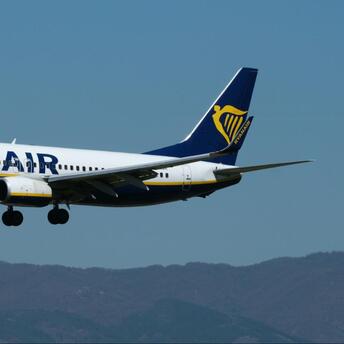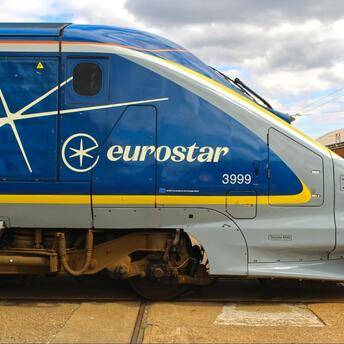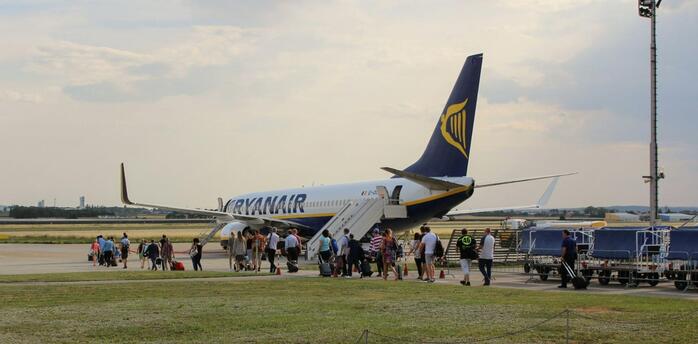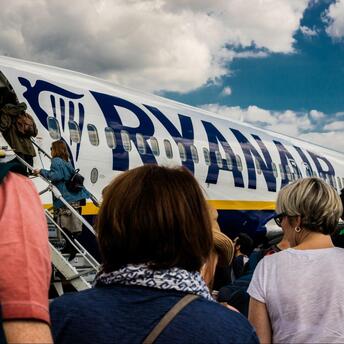The Lufthansa-ITA Merger: A Complex Route to Consolidation
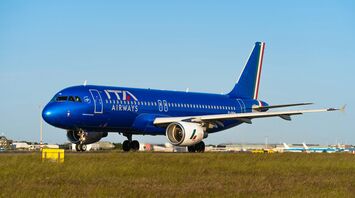
The European Commission has spotlighted 39 specific routes as points of contention in the ongoing merger between Lufthansa and ITA Airways, casting a shadow over what could have been a groundbreaking consolidation in the European aviation sector. This detailed scrutiny emerges amidst Lufthansa's strategy to acquire a 41% stake in ITA Airways, with ambitions for full ownership in the future. The merger's implications stretch far across the European skies, touching upon key intercontinental pathways and bustling European routes, thereby raising concerns over competition and consumer choice.
At the heart of the European Commission's apprehensions is the potential monopolization of certain critical routes. This merger would unite ITA Airways and Lufthansa as a singular powerhouse, potentially curtailing competition on several important European and long-haul intercontinental flights. Specifically, the merger poses a direct impact on routes connecting major Italian cities like Rome and Milan to the broader European landscape, as well as intercontinental flights linking Italy with North America and Asia. The fear is that this consolidation could lead to higher fares and diminished service quality for passengers.
The document detailing the European Commission's objections identifies 39 routes where the merged entity would likely dominate market share, leading to reduced competition. Notably, half of ITA Airways' long-haul network, encompassing destinations across the United States, Canada, and Japan, is under scrutiny. This presents a significant challenge for ITA Airways, which has been looking to expand its long-haul offerings as a strategic counter to the proliferation of low-cost carriers within Italy's densely competitive short to medium-haul market.
From a broader perspective, the majority of the contested routes are pivotal connections between Lufthansa Group hubs and Italy, implicating not just Lufthansa and ITA Airways but also other group members like Brussels Airlines, Austrian Airlines, and Swiss International Airlines. Additionally, the European Commission has raised concerns over five routes where neither airline currently operates, suggesting indirect impacts of the merger could further stifle competition.
In Italy, the proposed merger has been met with frustration, especially from economic officials who view the consolidation as an opportunity to position ITA Airways as a formidable competitor on the global stage. Italian Minister for the Economy, Giancarlo Giorgetti, expresses dissatisfaction with the European Commission's resistance, advocating for the development of a "European champion" in aviation.
As the April 26 deadline for responses to the Statement of Objections approaches, Lufthansa and ITA Airways are faced with the task of addressing the Commission's concerns. The airlines may need to propose concessions or convincingly argue that the merger's benefits would outweigh the outlined potential downsides.






